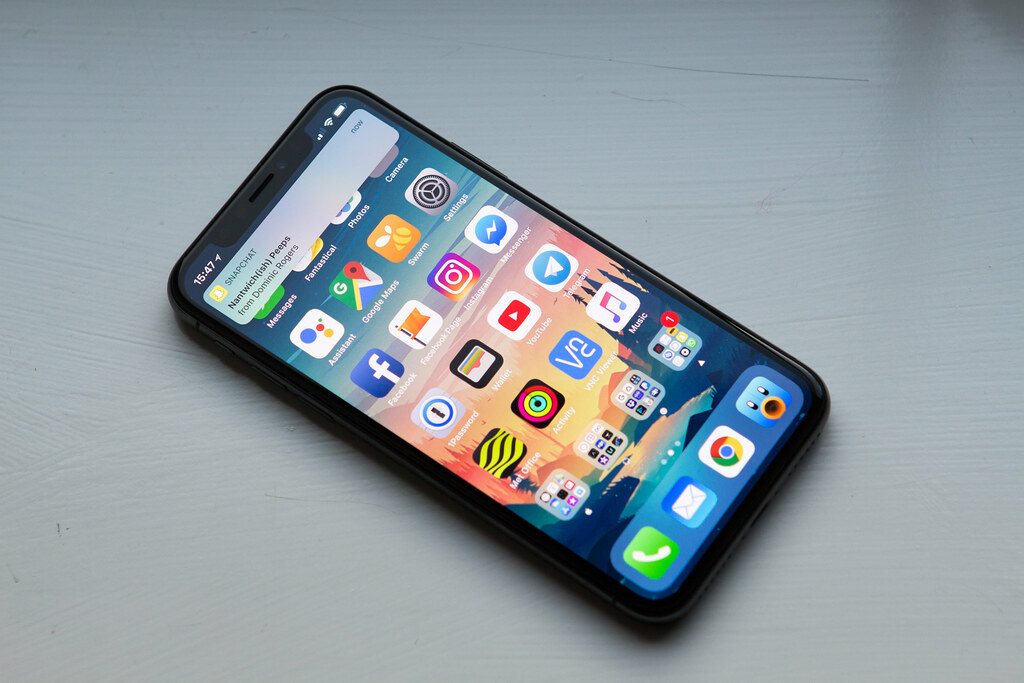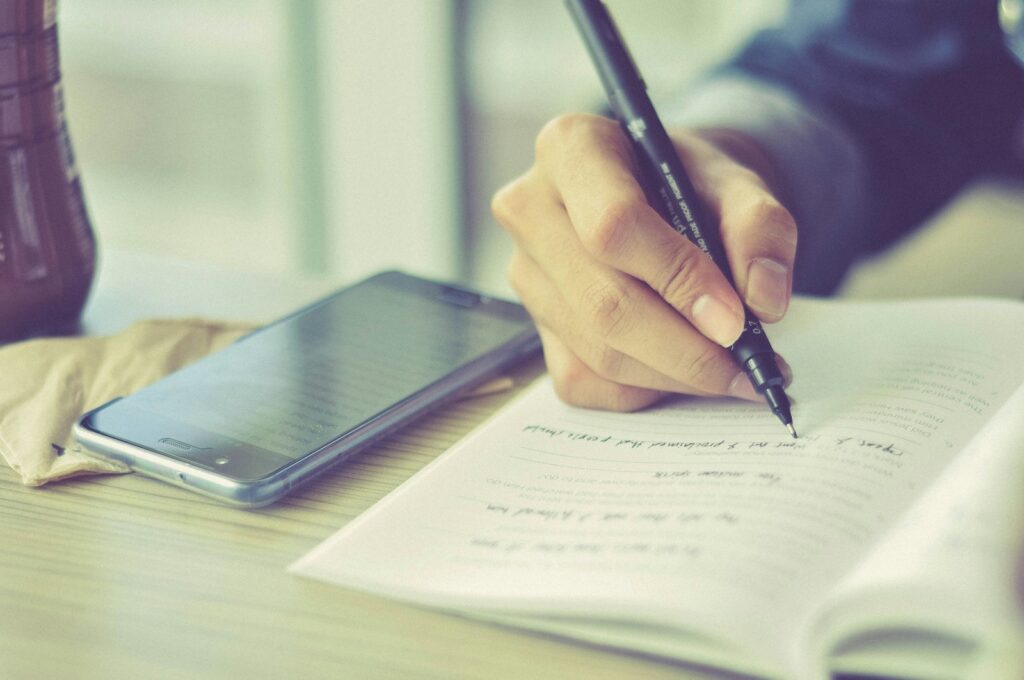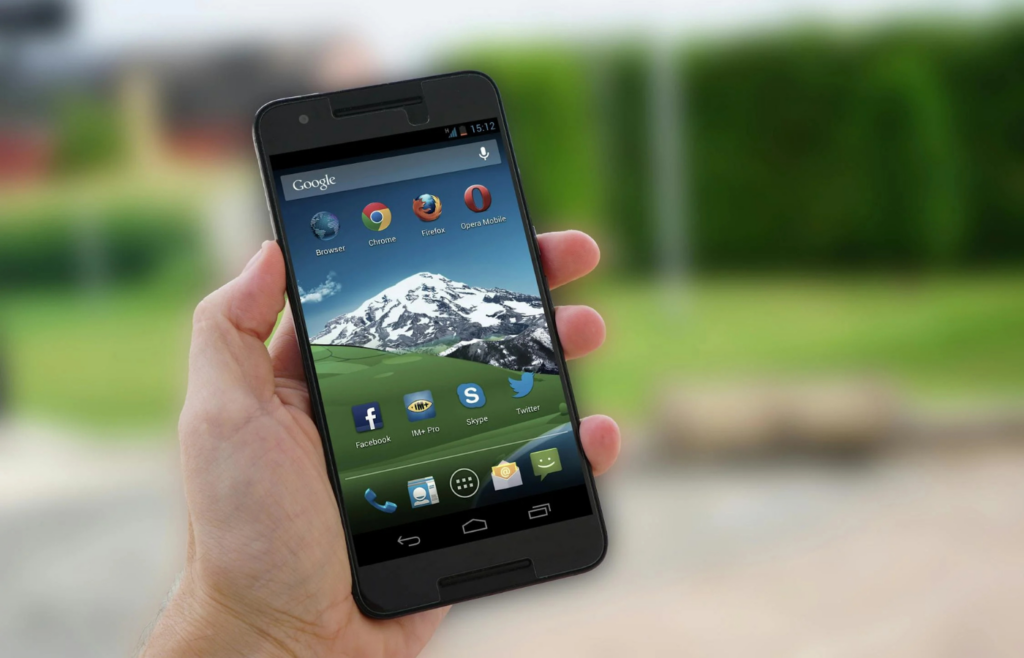In a world where screens dominate our daily routines, taking intentional breaks from digital devices is more crucial than ever. A digital detox can help reduce stress, improve sleep, and enhance overall well-being.
If you want to reclaim your time and mental clarity, here are ten effective strategies to unplug and recharge.
1. Turn Off Non-Essential Notifications

Constant alerts can fragment your attention and increase stress. Disabling non-essential notifications allows you to focus on tasks without unnecessary interruptions. This simple step can significantly reduce digital distractions.
2. Designate Tech-Free Zones

Establish areas where devices are not allowed in your home, like the dining room or bedroom. These tech-free zones encourage face-to-face interactions and promote relaxation without screen interference.
3. Schedule Regular Digital Detox Periods

Set aside specific times each day to disconnect from digital devices. Whether it’s during meals or before bedtime, these breaks can help you recharge and be more present in the moment.
4. Use Apps to Limit Screen Time

Leverage technology to combat overuse by installing apps that track and limit your screen time. Tools like Freedom or Stay Focused can help you stay accountable and reduce unnecessary usage.
5. Replace Screen Time with Offline Activities

Engage in activities that don’t involve screens, such as reading, exercising, or pursuing a hobby. These alternatives can provide fulfillment and reduce the urge to check your devices constantly.
6. Practice Mindfulness and Meditation

Incorporate mindfulness practices into your daily routine to become more aware of your digital habits. Meditation can help you develop a healthier relationship with technology and improve mental clarity.
7. Communicate Your Digital Boundaries

Inform friends, family, and colleagues about your digital detox plans. Setting expectations can help others respect your boundaries and support your efforts to unplug.
8. Remove Tempting Apps from Your Devices

Identify apps that consume most of your time and consider deleting them or moving them off your home screen. Reducing easy access can decrease impulsive usage.
9. Create a Morning and Evening Routine Without Screens

Start and end your day without digital devices. Engaging in activities like journaling, stretching, or reading can set a positive tone for the day and promote better sleep at night.
10. Seek Support from a Digital Detox Buddy

Partner with someone who also wants to reduce screen time. Having a digital detox buddy can provide mutual encouragement and accountability, making the process more manageable.
Implementing these strategies can help you regain control over your digital consumption and lead to a more balanced, fulfilling life. Start small, stay consistent, and enjoy the benefits of being more present in your daily experiences.

